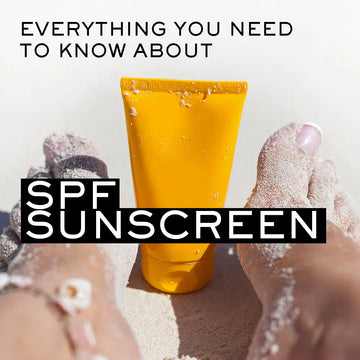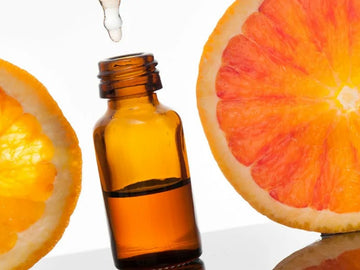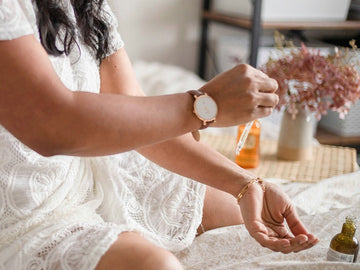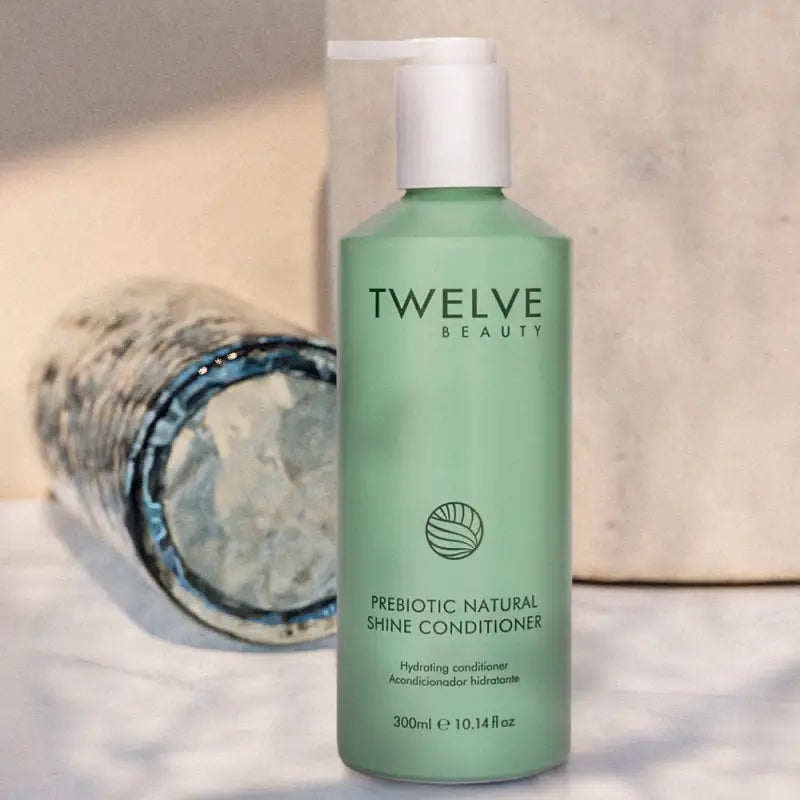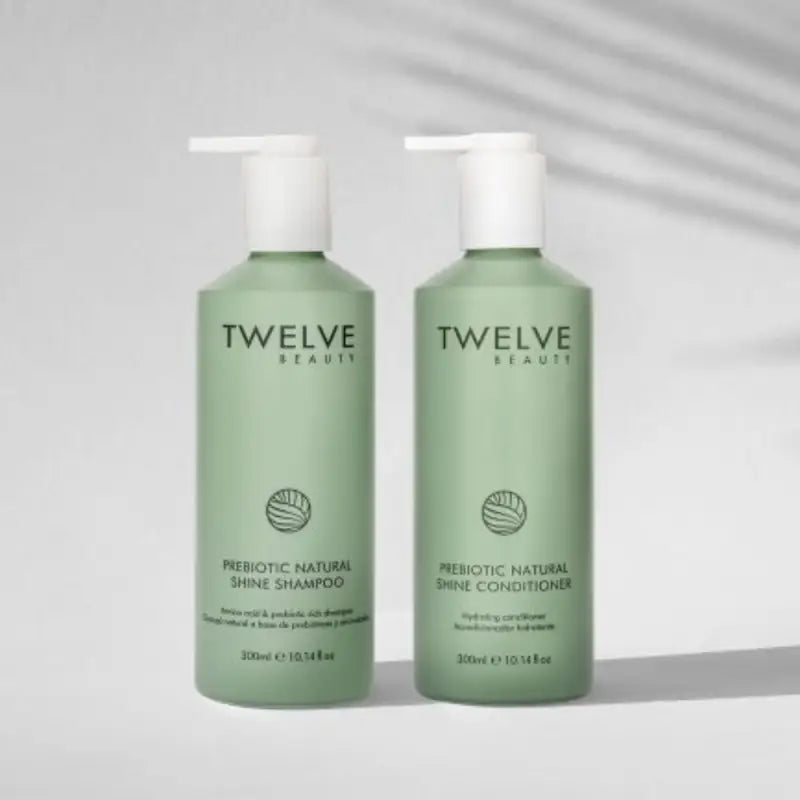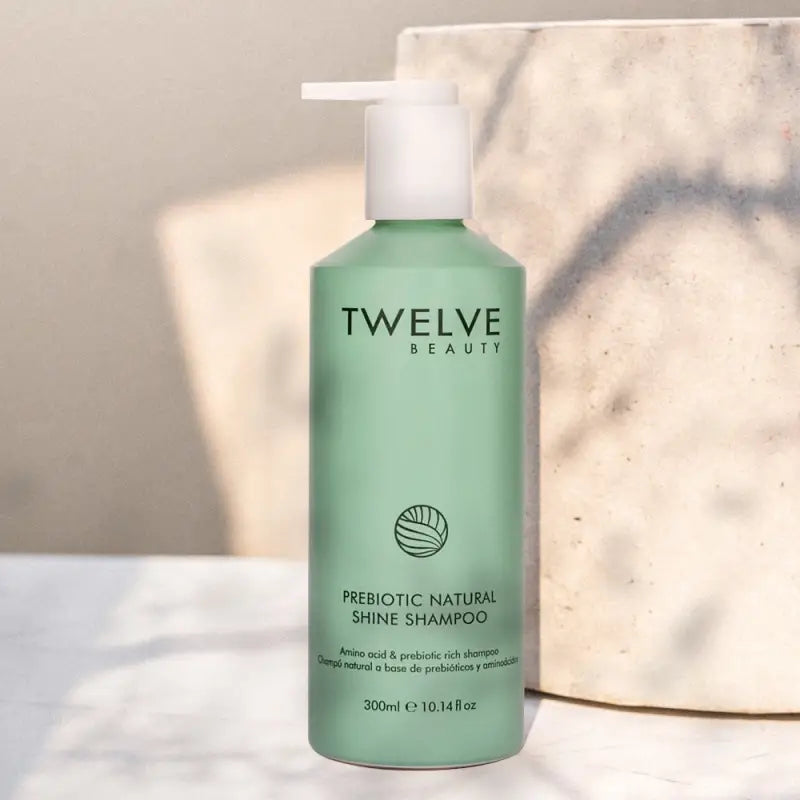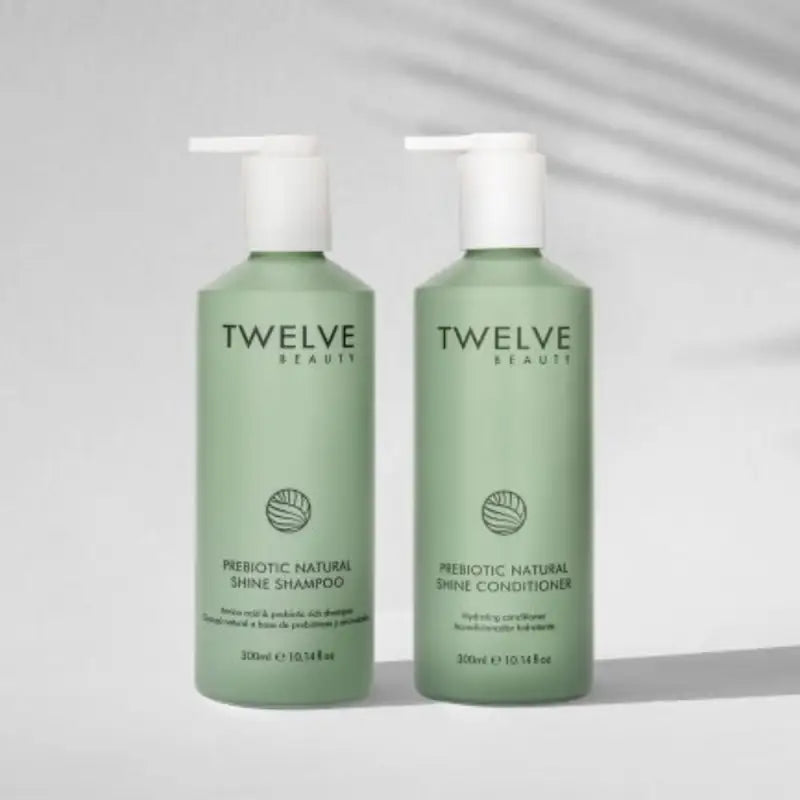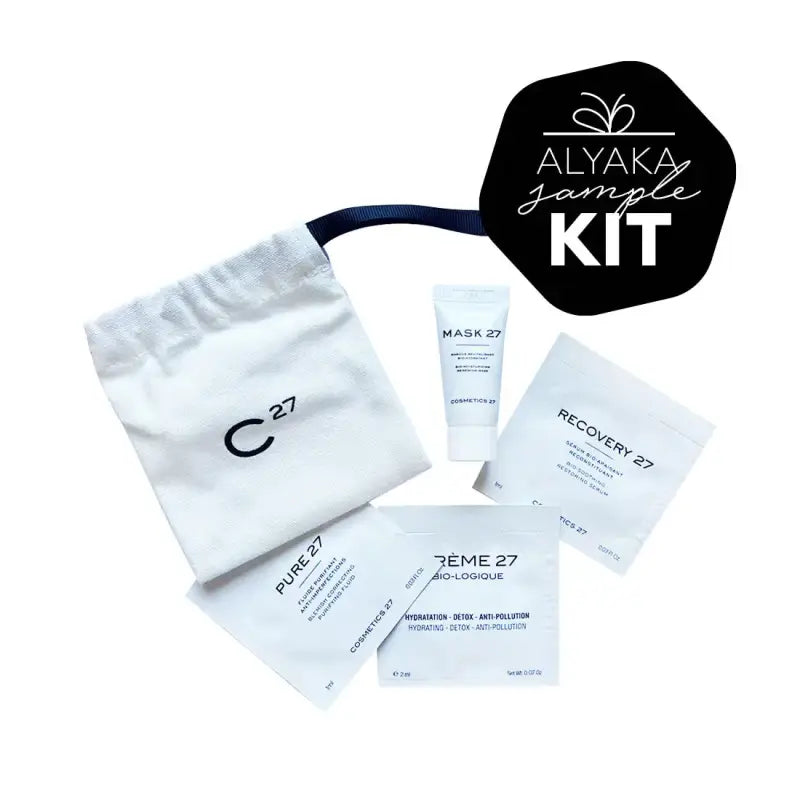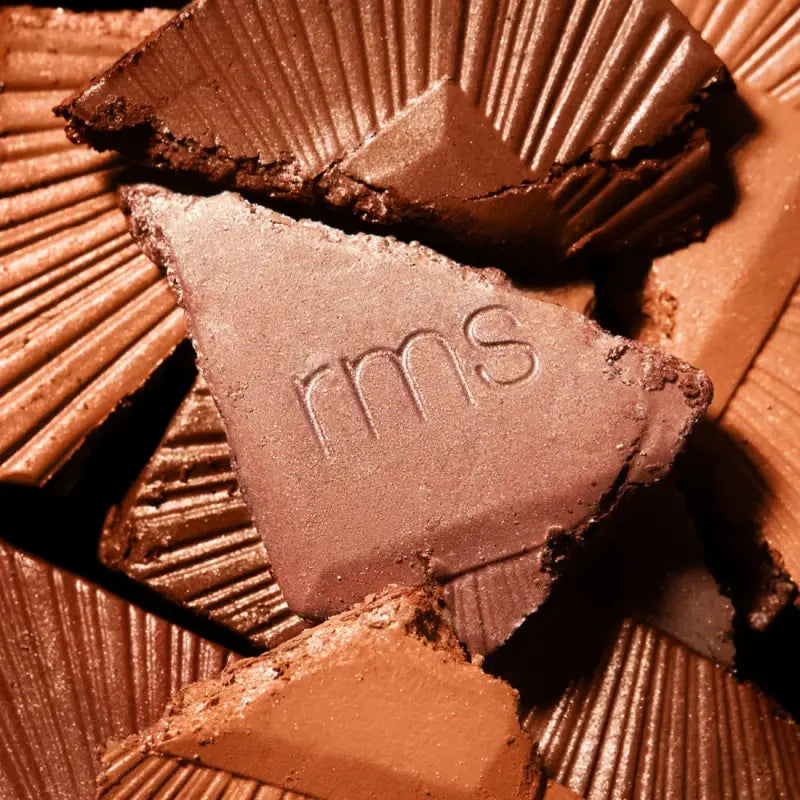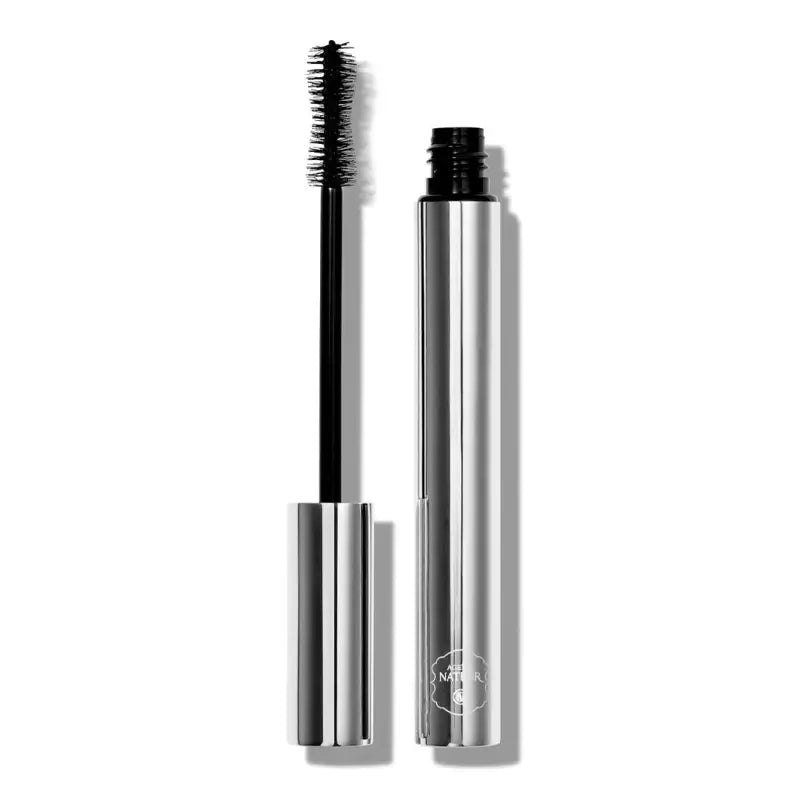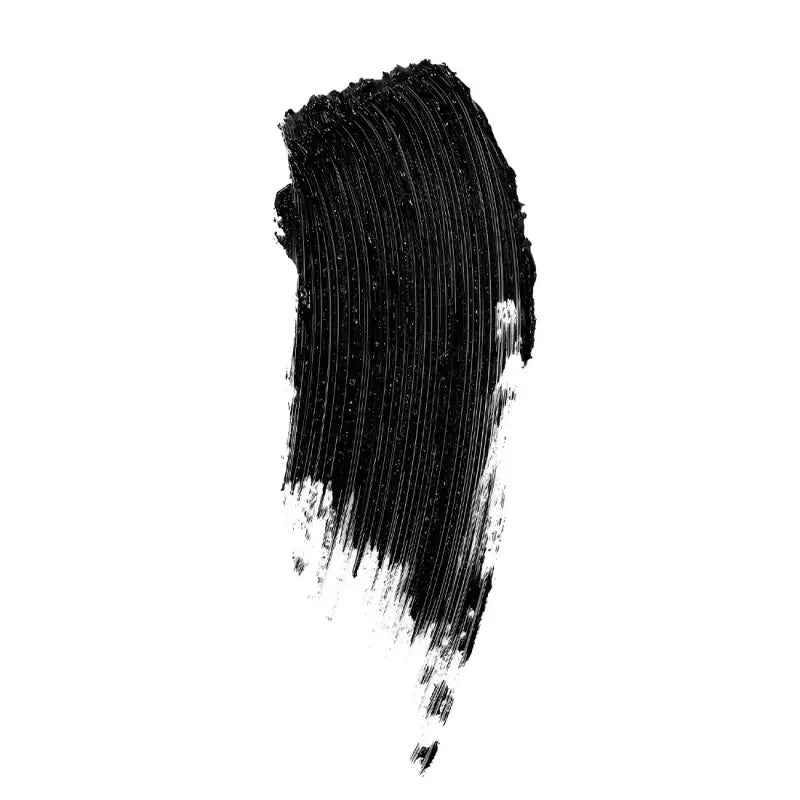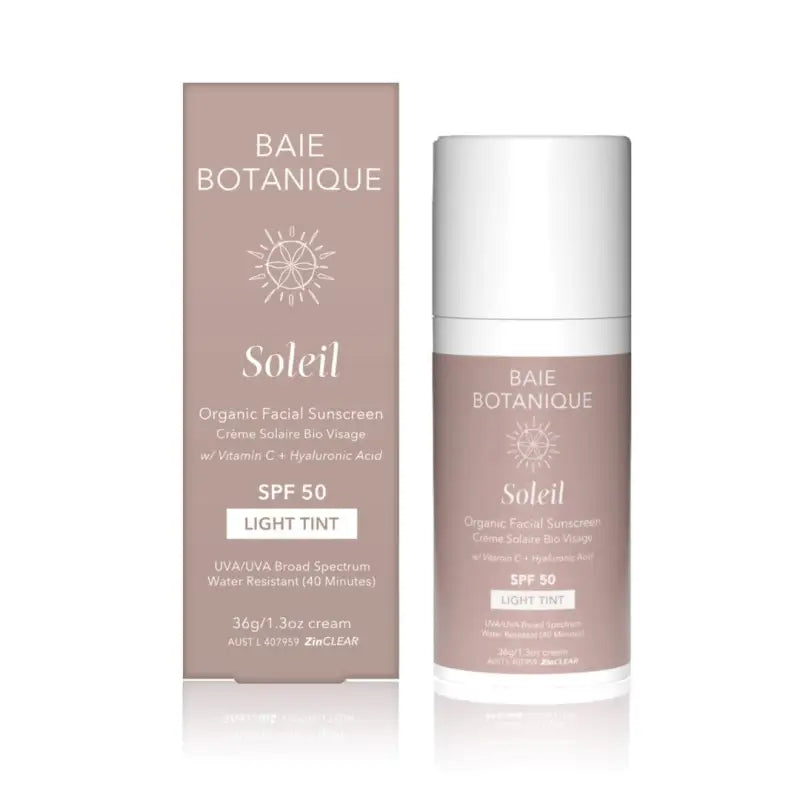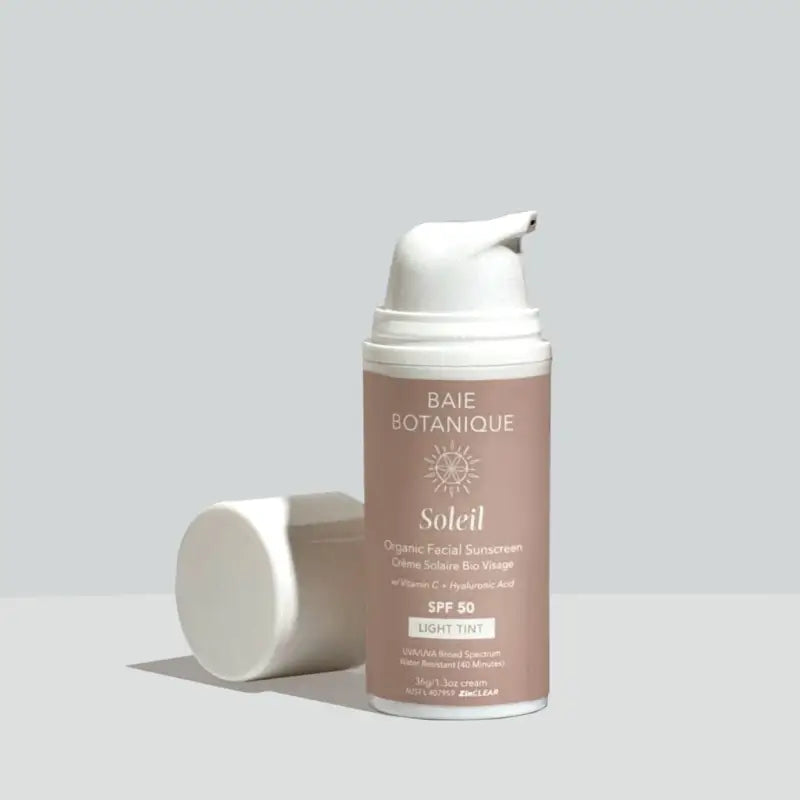It wouldn’t take a lot of convincing to emphasise the importance of SPF sunscreen. Making it a part of your daily regimen is an effective way to fight off wrinkles, dark spots, premature skin ageing, and even reduce your risk of skin cancer.
However, even with the popularity of SPF sunscreen, there are people who unknowingly commit mistakes that have the potential to cause further problems. To help you overcome the dilemma of using sunscreen correctly and learning everything that you need to know about it, here’s an article that wraps up all the facts to help you.
First, let’s discuss the basics.

What is SPF?
SPF or Sun Protection Factor is used to measure the capability of a product to offer the protection needed against the sun’s rays.
This means that a sunscreen with high SPF comes with certain molecules and pigments to offer skin protection by absorbing or reflecting the UV rays that cause skin damage, a fact that leads us to another important aspect that you need to know–the amount of protection that SPF Sunscreen can provide.

SPF SUNSCREEN PROTECTION: HOW MUCH DO YOU REALLY NEED?
As the need for adequate sunscreen protection becomes more urgent, you will find sunscreens with different SPFs that promise complete protection. However, you may actually be missing on the differences among SPFs.
Is your sun protection good enough? Should you get SPF 30, 50 or do you need more? Here’s the information you will need to answer these important questions.
UNDERSTANDING SPF
The SPF of a product reflects the amount of time when your skin remains protected after application. This means that a product with SPF 15 can prevent sun damage 15 times longer than usual, the same rule goes for SPF 30 and 50.
However if there is something that you should be wary of, it is mistaking sunscreen with the highest SPF factors as the most effective formula for you. What you don’t know is the not-too-significant advantage they have over the usual SPF 15, 30 and 50 products.
Here’s a chart that presents the UV protection that you can get according to the SPF rating of a product.

The truth is, to get the right amount of sun protection you have to consider the amount of time when you will be exposed to the sun, as well as your skin type. Choosing a sunscreen with SPF higher than 50 may shield skin from light, but the protection they offer is a lot similar to that of given by products with SPF 50 or even less.
Now that you have learned the basics, it’s time to know the harmful rays that you need to stay protected from.

THE HARMFUL RAYS THAT YOU MUST AVOID
While the sun has positive effects on the body, you cannot dismiss the fact that it also emits UV rays that can cause severe skin damage. Therefore, staying under the sun for long does not just cause sunburn or skin darkening but actually exposes your body to harm.
These are the harmful UV rays that you must avoid:
- UVA Rays: Longwave rays emitted by the sun that can penetrate deep into the dermis of the skin. It is linked to premature ageing and melanoma.
- UVB Rays: Short rays that cannot penetrate deep into the skin’s layers but have the ability to damage your skin cells’ DNA, burn superficial skin layers and increase the risk of skin cancer.
HAVE YOU HEARD OF THE NEW RAYS?
Aside from the harmful UV rays, there are new rays that you have to be aware of. According to research, UV light is just a minimal part of the sun’s rays, making up about 7% of it. What might surprise you is that around 50% of the sun’s rays is actually composed of infrared-A light.
Infrared or IR-A light enhances the formation of free radicals that penetrates and wreaks havoc resulting to damages and skin ageing. But that’s not all. Recent data also reveals that damages to pigmentation such as sun spots are connected to the exposure to blue light, also known as high-energy visible light.
With UVA, UVB and the new rays that can easily cause skin damage, there is just no reason to skip the use of SPF sunscreen. However, it’s time to ask yourself: Are you using sunscreen right or are you actually committing dangerous errors that make it ineffective?

MOST COMMON PITFALLS OF SUNSCREEN USE
- Not Applying Sunblock as Frequently as Needed: It’s not enough to apply sunblock once if you will be exposed longer to the sun.
- Not Applying sunblock at the Right Time: A common mistake committed is applying sunblock once you are already exposed to the sun. Experts reveal that it is best to apply sunblock 30 minutes before the exposure in order to allow ample time for absorption.
- Applying Sunblock with Clothing On: It’s not smart to miss a spot as skin cancer can target any area. Apply sunblock before dressing up to ensure that you are able to apply it on your entire body liberally.
- Using Low SPF Sunblock: Remember this –The lower the SPF, the more you are prone to sun damage because you are only getting less coverage.
- Not Protecting Your Lips – Even your lips can get damaged by UV rays and it further emphasises the importance of also using sunscreen on your lips.
- Not Applying Sunscreen when Staying Indoors: Though you may think it’s unnecessary to apply sunscreen when staying indoors, there are incidental exposures that you should be aware of.
- Using an Old Sunscreen: Beware of expiry dates especially with sunscreens as they contain chemicals that can become inactive over a period of time. Heat also affects its ingredients making them less capable of giving the protection you need.
Now that you know the errors of sunscreen use, here are some tips that will help you get the best protection against the sun.

TIPS TO EFFECTIVE SUNSCREEN USE
- Make Sunscreen a Part of Your Daily Habit. You can keep your beauty ritual simple by using natural beauty products with SPF so you can get the protection you need without adding a step to your routine.
- Apply as Frequently as Possible. It is advised to apply SPF sunscreen at least every 2 hours when engaging in active activities that will make you perspire more or when swimming.
- Apply the Right Amount. Most people apply about 25% to 75% of what is required to achieve optimum protection. The ideal amount for every application is equal to a full-size shot glass.
- Pay Extra Attention to Your Lips. As the lips can also be damaged by the sun, choose products with SPF that are designed for the lips. Don’t forget to reapply as it can be removed fast by simply talking, drinking and eating.
- Don’t Miss Other Less-Obvious Areas. There are parts that some people may find less susceptible to sun damage, when in fact they are just as important as the other parts of your body. These include the toes and bottoms of your feet, nape, ears, underarms, and even your eyelids.
Want to learn the importance of SPF sunscreen further, here are some of the fast facts that present some valuable information.

SPF SUNSCREEN FAST FACTS
#1. According to Cancer Research UK, there are over 10,000 people aged 55 and above that were diagnosed with melanoma.
#2. There is a rising rate of skin cancer over the past 20 years. 155% increase among 55 and up, while 63% for the younger people.
#3. In the UK, it is not allowed to label an SPF beyond 50. This is because, after SPF 30, there is very little difference in the amount of protection that products with higher SPFs give. With SPF 30, you will be given 98% protection, while SPF 50 provides 98.8%.
#4. While there are SPFs that are higher than 50, you should also be aware that the ones available are chemical sunscreens.
#5. On the other hand, physical sunscreens are products with zinc oxide and titanium oxide content that are ideal for people with sensitive skin as they are less likely to cause an allergic reaction.
#6. In choosing lip products with sunscreen protection, experts recommend lip balm or lipstick with at least SPF 30.
#7. The back, a commonly missed area when applying sunscreen is a common part where the deadliest form of skin cancer–melanoma, occurs.
#8. There is no such thing as 100% waterproof sunscreen. Therefore, there is no excuse to not reapply when you sweat or get wet.
#9. You will need about 35ml of sunscreen for every application to the entire body. Approximately, this is putting one teaspoon each for the face, 2 teaspoons for both arms, 2 teaspoons for both legs, 1 teaspoon at the front of the body and another to the back.
#10. Sun creams evaporate and this means that your level of protection decreases after about an hour or two, making it more important to reapply as needed.
With all these facts, it’s very clear that SPF sunscreen should be an essential part of your skincare habits. Proper use of SPF sunscreen is an easy and effective step to maintain a beautiful, flawless and youthful glow.
Did you find this article useful? Let us know your thoughts by leaving a comment below.


